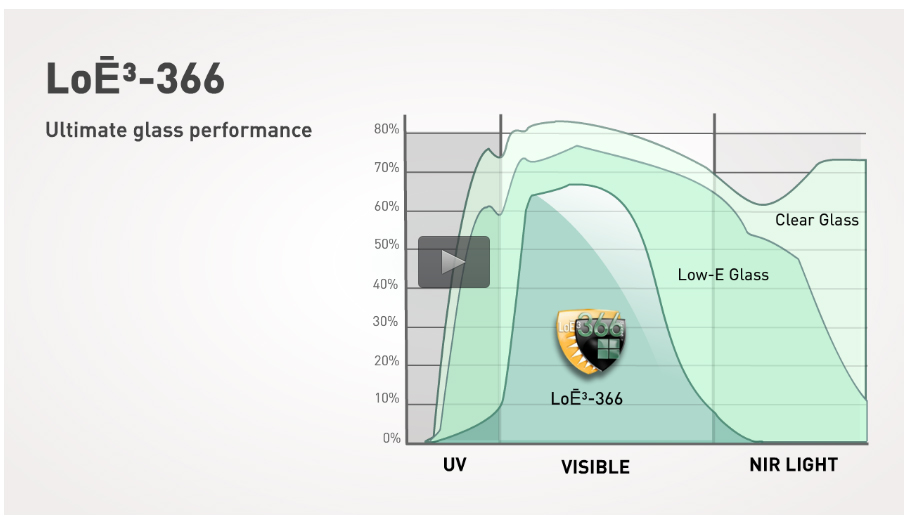According to the U.S. Department of Energy, for example, windows can account for 10-25% of your heating bill. To combat this energy loss and save money, you can make some small changes to your current doors, windows or skylights by installing more energy efficient models or making smaller changes to limit energy loss.
Windows, doors and skylights are designed to give access to exterior air, light and spaces. But by nature, they also make it easier for air leakage and heat transfer to occur. Energy loss happens when:
- Heat or coolness is directly conducted through glass, glazing, frames and doors
- Heat from the sun radiates into an air-conditioned house—or interior, furnace-generated heat radiates to colder exteriors
- Leaks allow temperature-regulated air to move into or out of a house
As heat is drawn out in cooler weather—or light and heat seep in during warmer weather—energy is lost, and furnaces and air conditioners must work harder to maintain comfortable interior temperatures.
According to the U.S. Department of Energy, for example, windows can account for 10-25% of your heating bill. To combat this energy loss and save money, you can make some small changes to your current doors, windows or skylights by installing more energy efficient models or making smaller changes to limit energy loss
